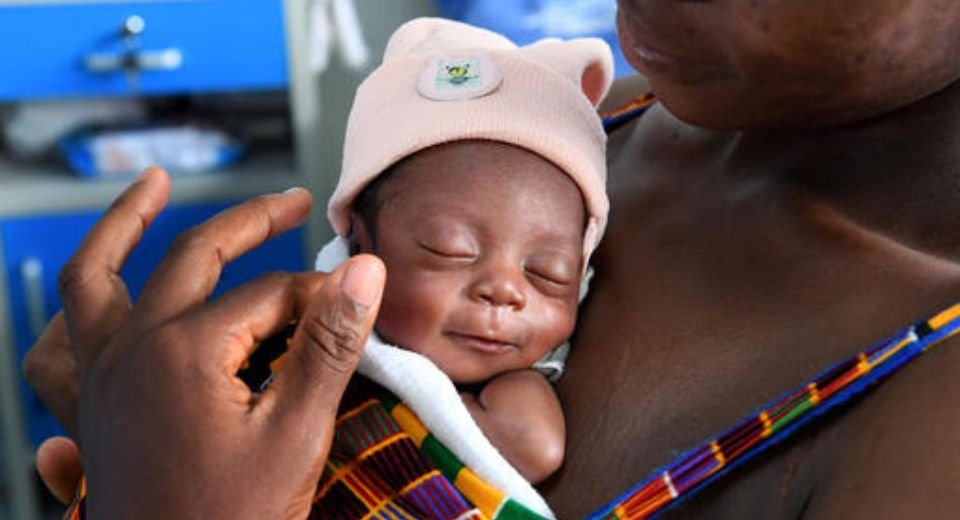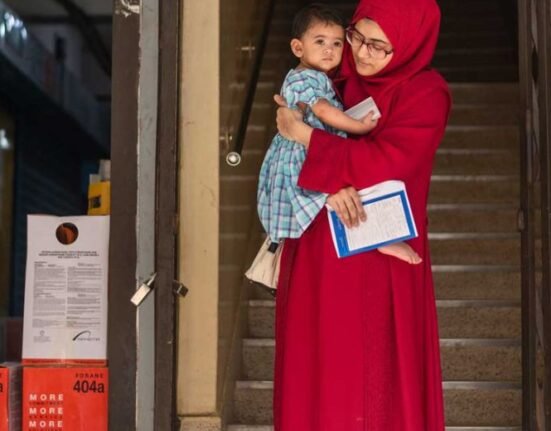HQ Team
March 25, 2025: Progress in slowing child mortality and stillbirth deaths has received a severe blow due to global funding cuts and shortages, with 1.9 million children dying in 2023 on account of stillbirths.
A fall in global funding for life-saving child survival programs is causing healthcare worker shortages, clinic closures, vaccination program disruptions, and a lack of essential supplies, such as malaria treatments, according to a World Health Organization statement.
Global funding cuts “are severely” impacting regions in humanitarian crises, debt-stricken countries, and areas with high child mortality rates. These could also undermine monitoring and tracking efforts, making it harder to reach the most vulnerable children, according to the United Nations Inter-agency Group for Child Mortality Estimation or UN IGME.
Decades of progress in child survival are now at risk as major donors have announced or indicated significant funding cuts to aid ahead.
The number of children dying globally before their fifth birthday declined to 4.8 million in 2023, while stillbirths declined modestly, remaining around 1.9 million, according to two new reports released today by the UN IGME.
Preventable
Since 2000, child deaths have dropped by more than half and stillbirths by over a third, fueled by sustained investments in child survival worldwide. In 2022, the world reached a historic milestone when child deaths dropped slightly below five million for the first time.
However, progress has slowed and too many children are still being lost to preventable causes, according to the report.
“Millions of children are alive today because of the global commitment to proven interventions, such as vaccines, nutrition, and access to safe water and basic sanitation,” said UNICEF Executive Director Catherine Russell.
“Bringing preventable child deaths to a record low is a remarkable achievement. But without the right policy choices and adequate investment, we risk reversing these hard-earned gains, with millions more children dying from preventable causes. We cannot allow that to happen.”
Even before the funding crisis triggered by the US government, the pace of progress on child survival had already slowed. Since 2015, the annual rate of reduction of under-five mortality has slowed by 42%, and stillbirth reduction has slowed by 53% compared to 2000–2015.
Complications during labour
“From tackling malaria to preventing stillbirths and ensuring evidence-based care for the tiniest babies, we can make a difference for millions of families,” said Dr Tedros Adhanom Ghebreyesus, Director-General of the World Health Organization. “In the face of global funding cuts, there is a need more than ever to step up collaboration to protect and improve children’s health.”
Almost half of under-five deaths happen within the first month of life, mostly due to premature birth and complications during labour.
Beyond the newborn period, infectious diseases, including acute respiratory infections such as pneumonia, malaria, and diarrhoea, are the leading causes of preventable child death.
About 45% of late stillbirths occur during labour, often due to maternal infections, prolonged or obstructed labour, and lack of timely medical intervention.
Better access to quality maternal, newborn, and child health care at all levels of the health system will save many more lives, according to the reports.
The reports also revealed that where a child is born greatly influences their chances of survival. The risk of death before five years of age is 80 times higher in the highest-mortality country than in the lowest-mortality country.
Sub-Saharan Africa and Europe
A child born in sub-Saharan Africa is on average 18 times more likely to die before turning five than one born in Australia and New Zealand.
Within countries, the poorest children, those living in rural areas, and those with less-educated mothers face higher risks.
Stillbirth disparities are just as severe, with nearly 80% occurring in sub-Saharan Africa and Southern Asia, where women are six to eight times more likely to experience a stillbirth than women in Europe or North America.
Women in low-income countries are eight times more likely to experience a stillbirth than those in high-income countries.








